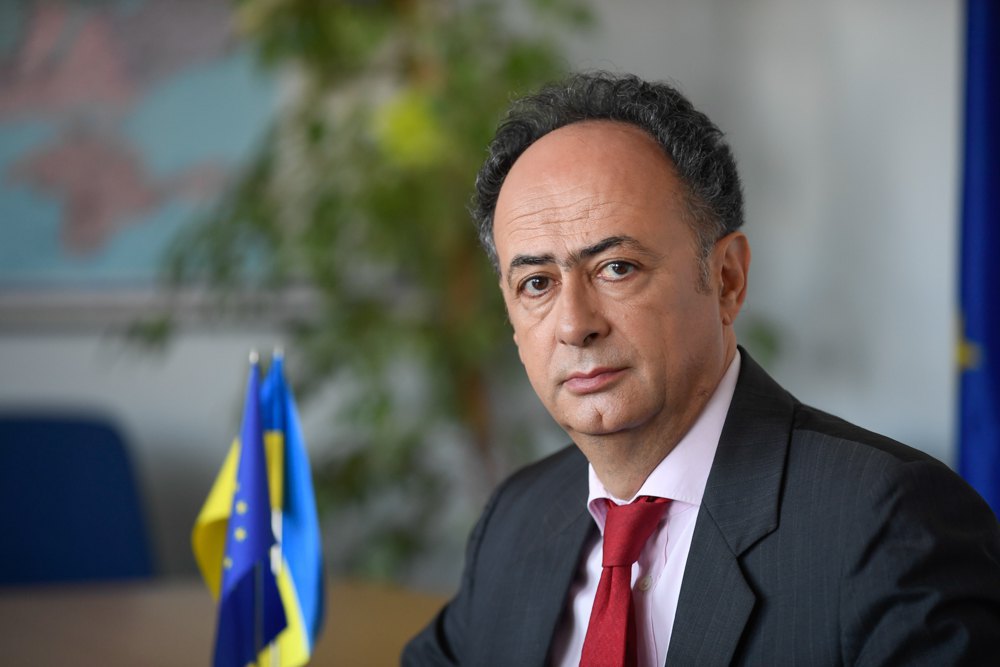
"There are many European mechanisms that Ukraine can join even before it becomes a full member of the EU"
In December, Brussels made a historic decision to start negotiations on Ukraine's accession to the EU. Four months have passed. In your opinion, how fast will Ukraine's integration be implemented?
In mid-March, the European Commission provided its member states with a framework document for negotiations with Ukraine. Now all of them have to approve it, and the next step will be an intergovernmental conference, which will de facto start negotiations. Ukraine's friends in Brussels, including myself, hope that the intergovernmental conference will be held at the end of June.
This is the most opportune and strategic time, which will come after the European Parliament elections and before Hungary's EU presidency. We need to act quickly while Belgium still holds the presidency. It is no longer necessary to explain to anyone that Hungary's position will not play in Ukraine's favour, so when Budapest takes over the EU Council for six months starting in July, it could significantly slow down the process for Kyiv.
The EU presidency has certain levers of influence. For example, the intergovernmental conference I mentioned earlier is being launched by Hungary. Hungary can slow down the process.
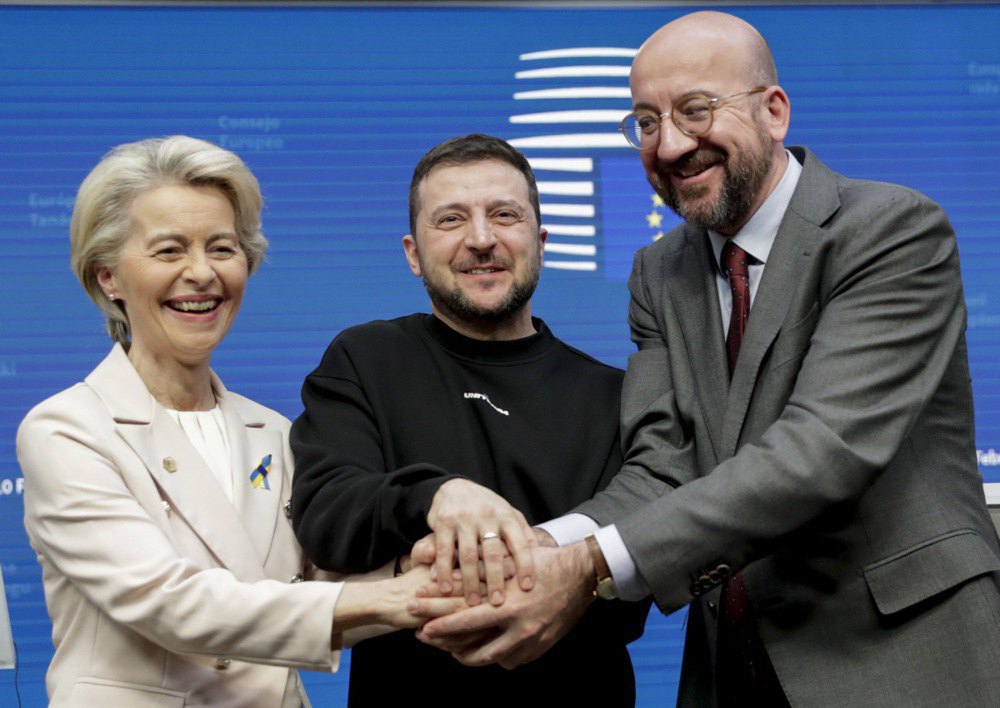
There is the example of Hungary, but there is also the example of Slovakia. The position of Prime Minister Robert Fico is also ambiguous, to put it mildly. He even called on Ukraine to give up its territories. Does this add another risk of delaying the accession negotiations?
The process may slow down, but it will not stop. In addition, the EU is actively implementing the principle of qualified majority voting. This will mean that in order to make a number of decisions, the consent of all will no longer be required, but the votes of Ukraine's friends will be enough, and they are the majority in the EU.
You worked for a long time at the European Agency for the Reconstruction of the Balkans. The countries of this region also have European ambitions, but the integration process has been going on for many years. Can Ukraine benefit from their experience?
The pace of any country's accession to the EU is determined by three factors: the willingness of the political leadership, the ability of local administrations to do the necessary work, and public opinion. In the case of Ukraine, all three conditions have been coexisting for years. There is no doubt about the desire of the leadership, public opinion in the country is as pro-European as possible, and the administrations make phenomenal efforts every day to meet EU requirements. In this respect, the Balkans are a different planet. It is much more appropriate to compare Ukraine with the Baltic states. Take Lithuania, for example. The country started negotiations in 1999, and they were successfully completed in 2002. Ukraine can follow the same rhythm. Integration into the EU is possible before the end of hostilities.
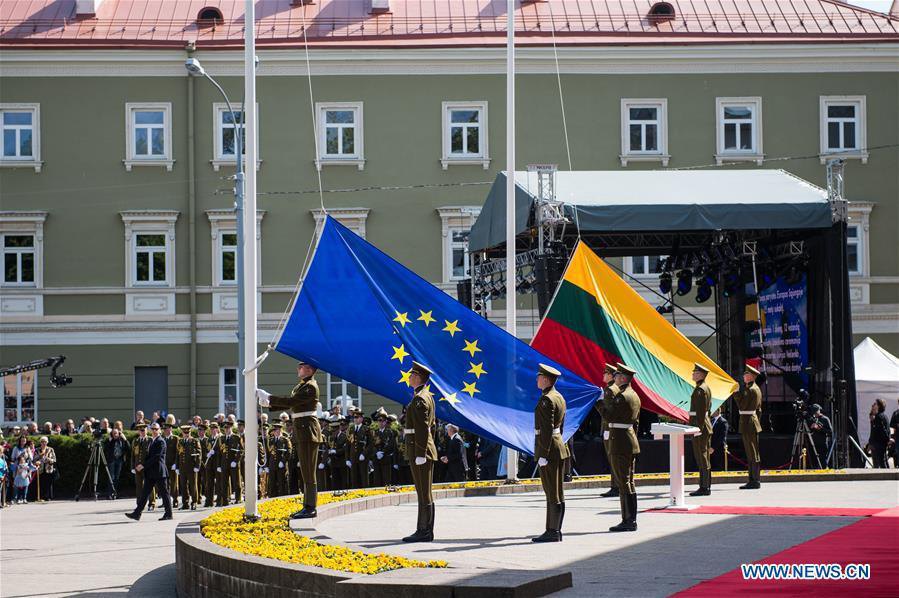
However, Lithuania was not a victim of military aggression... This radically changes the context. The EU has no experience of integrating a country in a state of war, does it?
Yes, it does. Europe is facing a completely new situation and has to adapt to it. But this does not mean that gradual integration of Ukraine during the war is impossible. It is possible. I believe that the most realistic scenario is a gradual accession. Exactly the way it happened with the Baltic countries. This is an approach in which legislation is gradually adapted to European standards, and in return, the country gains access to the market and financing systems. I know that Olha Stefanishyna's team is already actively working on integration processes. This work needs to continue.
The first stage of gradual integration is access to the common market and the Deep and Comprehensive Free Trade Area. This is a priority for Ukraine. The same should happen with the energy system. The Ukrainian power system joined the EU power system back in March 2022. The same should happen at the level of the trans-European transport network. There is progress in deepening the ties of the digital single market and the European payment system. There are many European mechanisms that Ukraine can join even before it becomes a full member of the EU.
What about joint arms production? Is it possible to do this before becoming an EU member state?
This is a priority today. When the Baltic states were integrating into the EU, the issue of security and defence was not as acute as it is today. Today, for Europe, this is the basis of survival. Ukraine should become one of the pillars of the eastern flank of the European security system and produce weapons and shells together with its partners. We are already seeing drone production projects, and I am sure that there will be more to come.
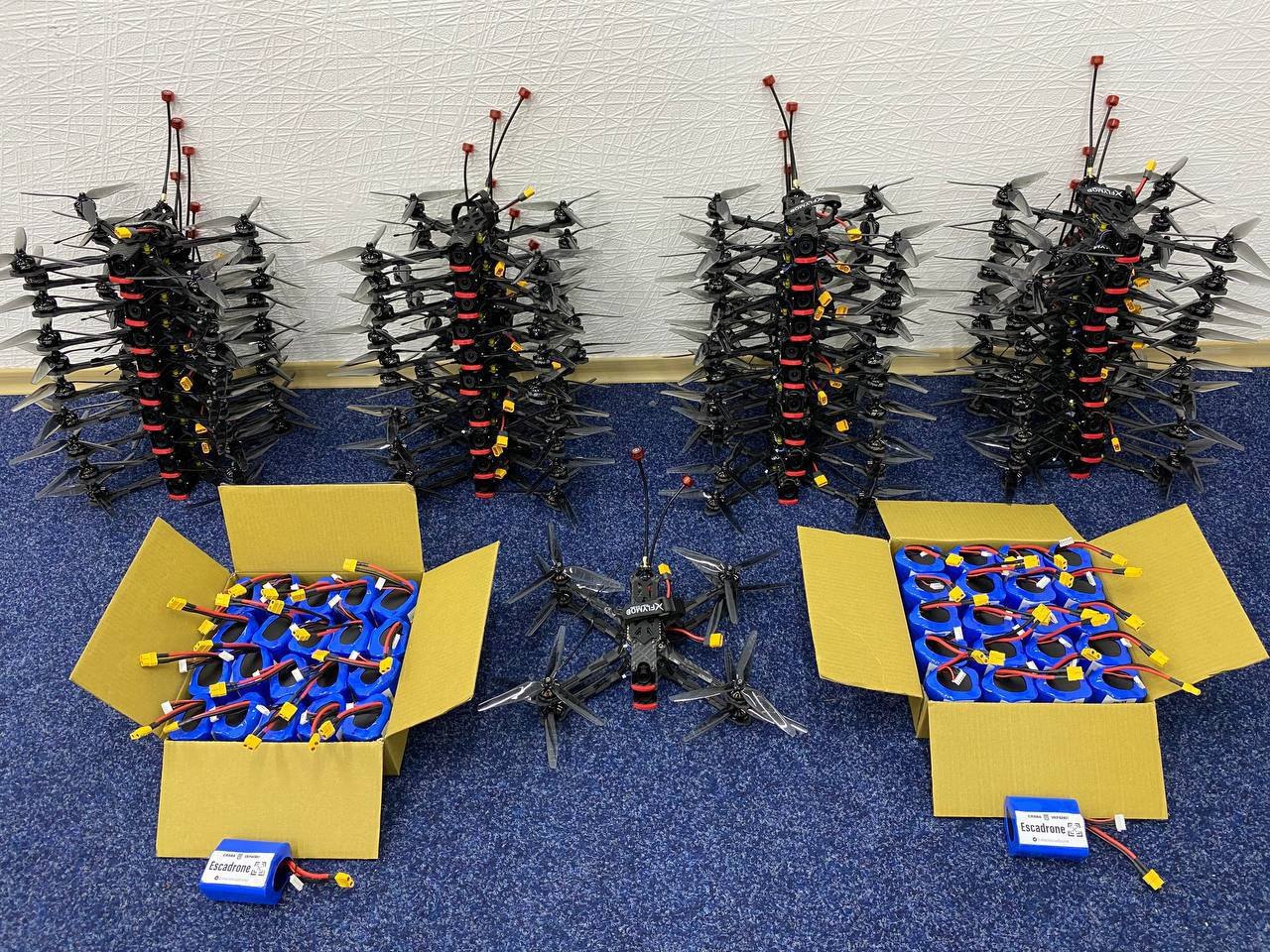
"The difference between Americans and Europeans is that Americans have weapons"
To what extent will the face of Europe change after the June European Parliament elections?
All polls suggest that far-right parties will make an important breakthrough. These trends are affecting more and more countries. You can count on one hand the EU countries where the far right has not increased its electorate over the past two years. We may not like this trend, but it cannot be ignored. At the same time, the same polls show that the majority in the European Parliament will remain with the centrists - the Social Democrats and Christian Democrats - so there is no need to fear a catastrophe in June.
What was the reaction in Brussels to the long-awaited decision of the US Congress to provide aid to Ukraine?
When the US aid was approved, Brussels was relieved. This news was happily commented on by both the President of the European Council, Charles Michel, and the head of the European Commission, Ursula von der Leyen. The Americans were able to put 61 billion on the table - this is incredibly important support. The difference between Americans and Europeans is that Americans have weapons. In just a few weeks, the supplies will allow Ukrainians to consolidate their positions at the front so that the Russians do not advance to Chasiv Yar. At present, Europe is able to provide relatively little assistance to Ukraine in the context of arms. The EU's security policy is in its infancy. A decade ago, most politicians categorically said that there could be no war in Europe. Europe has been disarming for a very long time! The budget allocated for defence was reduced until it fell below 2% of GDP. There is no arms industry as such. Weapons were produced by fragmented market players. But those days are over.
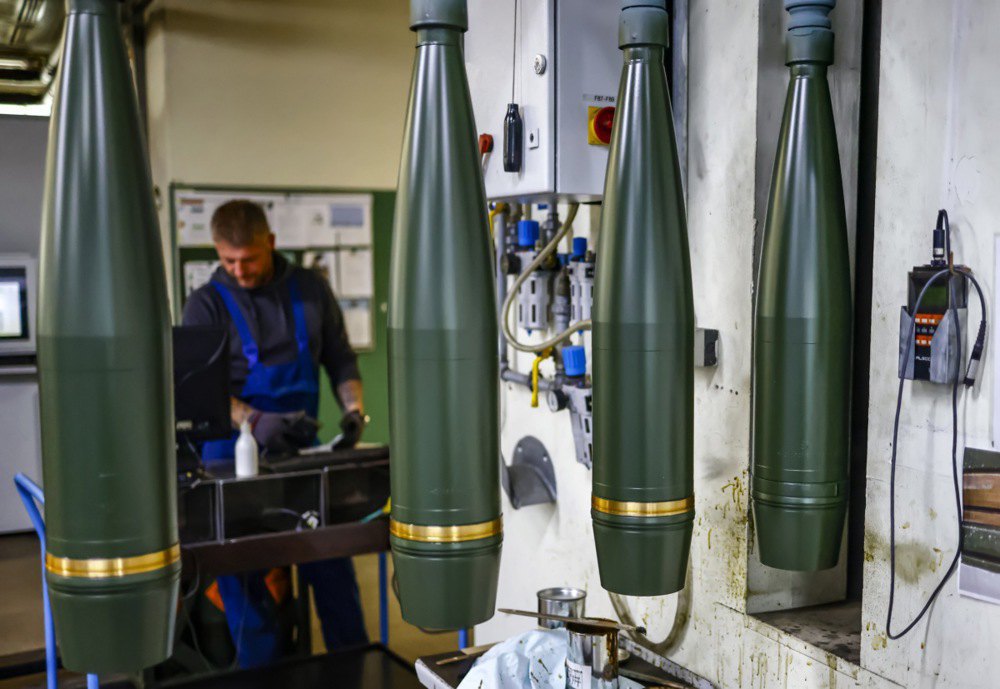
How do you assess the success of Europe's attempts to persuade China to stop helping Russia?
The situation with China is not easy. Europeans are actively trying to convince Xi Jinping, but so far to no avail. German Chancellor Olaf Scholz went to Beijing, and French Foreign Minister Stephane Sejourne also went to China. Politicians are trying to reach out to the Chinese leader to explain that it is not in China's interest to help Russia circumvent sanctions. So far, these conversations have not yielded the desired result.
"Then no one will build houses on land that is unsuitable for living"
You often emphasise that the environmental consequences of the war in Ukraine are underestimated. Explain.
Let me give you some figures: 20% of Ukrainian forests have been burned in fires, 30-40% of the territory is mined and contaminated with the remains of rockets and tanks. Fortifications destroy biological systems. Everyone knows about the tragedy with the ecosystem of the Kakhovka reservoir. The fighting across the country is causing heavy metals to settle in the soil, polluting not only black soil (which makes agriculture difficult) but also groundwater. Water is not being pumped out of flooded mines in Donbas, and heavy metals are seeping into the soil and poisoning drinking water. Some Regions may simply become uninhabitable. Ukraine is losing biodiversity both in its forests and in the Black Sea.









